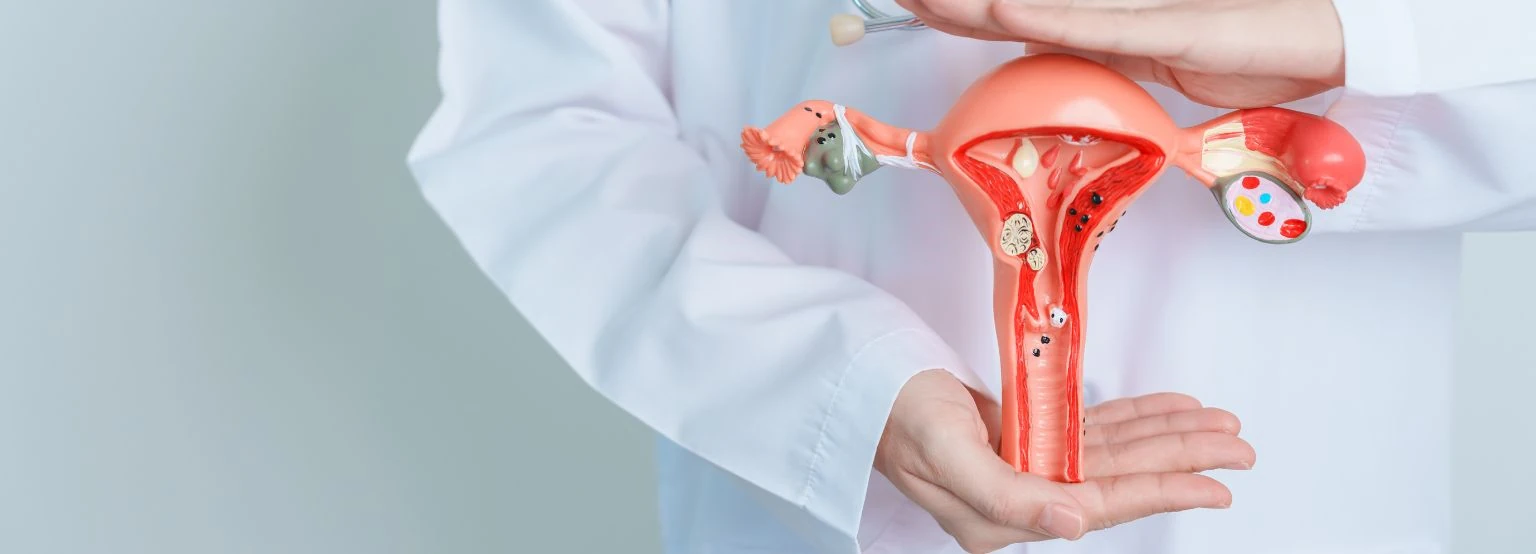

The Cardiovascular system, comprising the heart and blood vessels, orchestrates the symphony of human vitality. Within its realm lies Cardiovascular Disease (CVD), an umbrella term encompassing disorders like Coronary Artery Disease (CAD), CerebroVascular Disease, Peripheral Artery Disease (PAD), and Aortic AtheroSclerosis. As per the World Health Organization, CVD claimed 17.9 million lives in 2019, constituting 32% of global deaths.
The pervasive impact of CVD spans the globe, with a staggering 523 million cases reported by 2019, doubling since 1990. Men aged 30-60 face heightened risks, while women encounter escalating threats with age. CAD alone causes 9 million deaths, predominantly affecting men.
The roots of CVD intertwine with lifestyle choices, with physical inactivity, high-calorie diets, and saturated fats playing lead roles. The INTERHEART study identified nine modifiable risk factors, including smoking, hypertension, and diabetes, contributing to 90% of CVD cases. Non-modifiable factors like age and family history add complexity.
The manifestations of CVD vary based on the affected area:
✅ Coronary Artery Disease: Chest pain (angina), weakness, shortness of breath.
✅ Cerebrovascular Disease: Severe headaches, confusion, numbness, difficulty walking.
✅ Peripheral Artery Disease: Muscle atrophy, coldness in legs, weak pulse.
✅ Coronary Artery Disease: ECG, echocardiogram, exercise stress test, and coronary angiogram.
✅ Cerebrovascular Disease: MRI angiography, carotid duplex, CT scan.
✅ Peripheral Arterial Disease: Ankle-brachial index, ultrasound, CT angiography.
Traditional Management Unveiled:
✅ Conventional management of CVD is very extensive, based on the underlying clinical condition. The general approaches are catheter-directed thrombolysis for acute ischemic stroke, angioplasty for peripheral vascular disease, and coronary stenting/coronary angioplasty bypass graft for CHD.
Further medical management includes use of anti-hypertensives, anti- coagulants, use of statins etc., based on biochemical profiling of the patient.
A Revolutionary Approach to Cardiovascular Wellness
Cardiovascular diseases (CVDs) stand as a formidable adversary to human health, necessitating innovative approaches beyond conventional management. Ozone therapy emerges as a groundbreaking strategy, offering unique mechanisms of action to address ischemic heart disease, atherosclerotic arterial disturbances, and peripheral vascular diseases
✅ Ozone therapy intervenes in lipid peroxidation processes, enhancing the antioxidant defense system.
✅ Through a low to medium dosage of medical ozone, it mitigates toxic lipoproteins, activating superoxide dismutase, catalase, and glutathione.
✅ Renowned for its anti-inflammatory effects, ozone therapy contributes to the stabilization of atheromatous plaques.
✅ Positioned as a preventive measure, it hinders the progression of atherosclerotic arterial disturbances.
✅ Ozone’s influence extends to hypo-coagulation, reducing the risk of thrombotic events.
✅ By suppressing inflammatory processes, it promotes a healthier vascular environment.
Ozone therapy plays a pivotal role in improving the oxygen-transport function of blood.
By targeting erythrocytes and the erythrocyte metabolism, it increases deformability, flexibility, and overall flow properties of blood.
✅ Ozone’s interaction with erythrocytes involves the conversion of double bonds of fatty acids, rendering the erythrocyte membrane more elastic.
✅ Activation of the erythrocyte metabolism, assisted by the glutathione system, stimulates glycolysis, increasing 2,3-diphosphoglycerate (2,3-DPG).
✅ This mechanism is vital, enhancing the hemoglobin-oxygen bond and facilitating the release of oxygen to surrounding tissues.
✅ Antioxidant enzymes and promoting erythroblast differentiation. The resulting “oxidative preconditioning” equips erythrocytes with resilience towards oxidative stress.
✅ Ozone therapy elevates levels of prostacyclin, a potent vasodilator, contributing to improved vascular function.
✅ Ozone therapy corrects chronic oxidative stress, fostering an increase in resilience against oxidative damage.
✅ Intravenous infusions of ozonated saline solution
✅ Rectal ozone insufflations
✅ Major Autohaemotherapy with ozone
✅ Minor Autohaemotherapy with ozone
✅ Breathing ozone through oil
✅ Ear insufflation
✅ Initiating ozone therapy with rectal and ear insufflations for 3-5 sessions, followed by intravenous therapies, optimizes outcomes in ischemic and peripheral arterial diseases.
✅ Adaptations for patients with congestive heart failure involve excluding intravenous fluids and emphasizing rectal insufflation and breathing ozone through oil.
✅ Ozone therapy is complementary, not a substitute for conventional treatments. Cycles of 15-20 sessions, starting with low doses and progressively increasing to a maintenance dose of about 35-40 mcg/ml, are recommended.
✅ Integration with nutrition, including chelation therapy, External Counter Pulsation (EECP), L-carnitine, N-acetyl cysteine infusion, and a low-calorie diet, enhances the overall cardiovascular care approach.
In conclusion, the integration of ozone therapy into cardiovascular management represents a transformative approach, offering a spectrum of benefits that extend beyond conventional strategies. As we delve deeper into the therapeutic landscape, ozone therapy shines as a beacon of hope in the quest for comprehensive cardiovascular well-being.

Discover recipes that blend taste with health, crafted by our experts for your well-being.

Discover groundbreaking diagnostic services exclusive to India, now available at Arka Health, Bangalore
Discover expert insights in our Blogs for informed health choices and detailed information